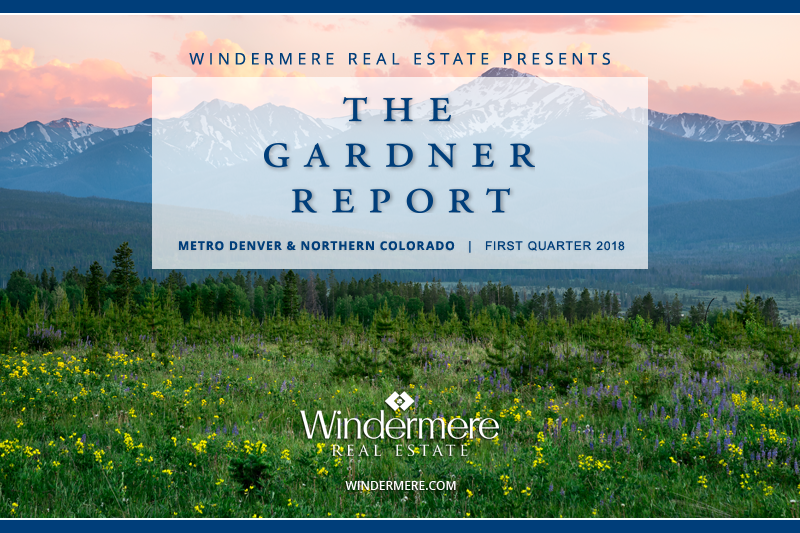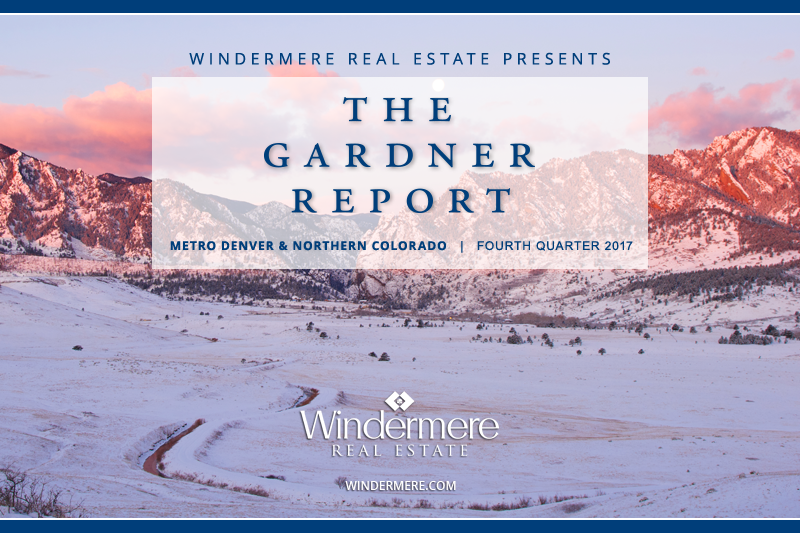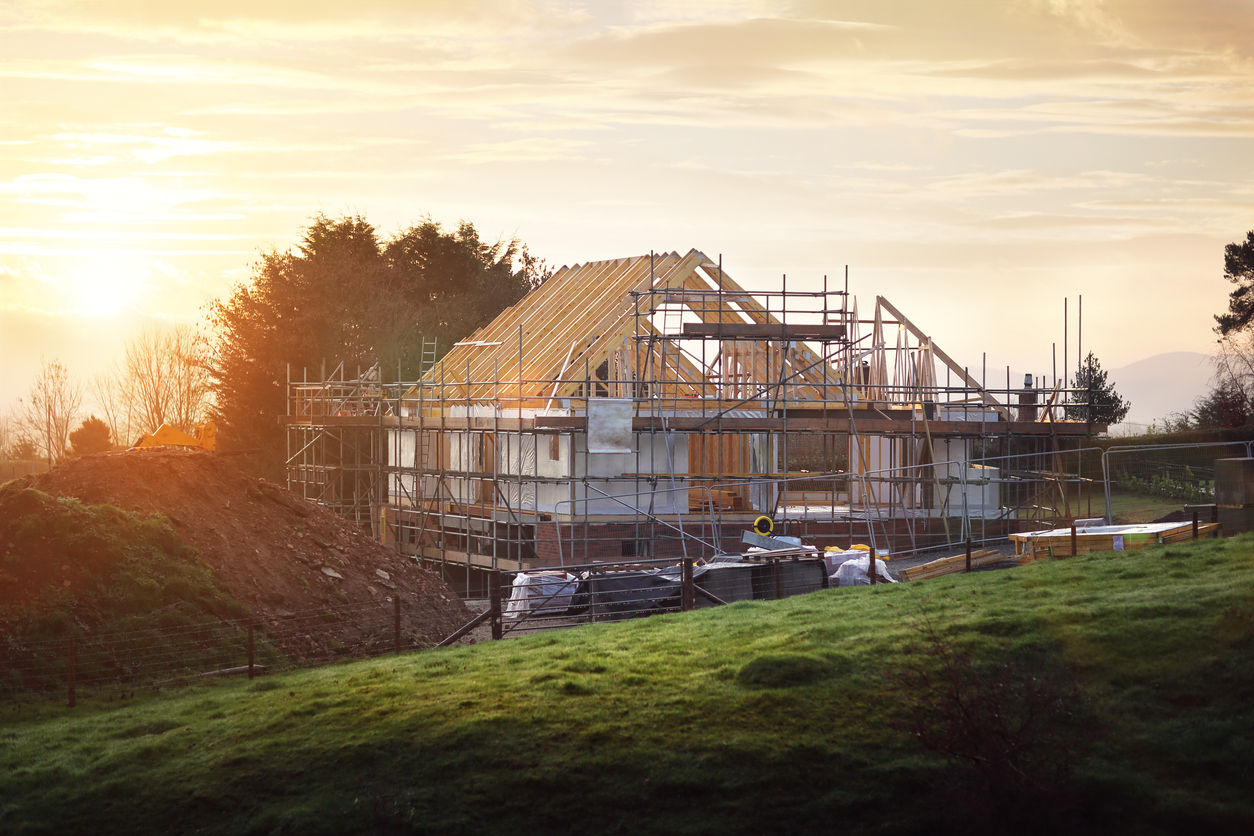Relief On The Way!

66% Off

This just in…
For the month of April, the average price of a home in the city of Boulder was $1,247,000. This is according to the latest from our IRES MLS system. 
If you want to own a home about an hour down the road in another really nice college town and get a 66% discount, you may want to check out Fort Collins 🙂
Yes, despite the recent uptick in prices here locally, we are still a bargain compared to Boulder. Here are median single-family prices for our markets and their relative price to Boulder:
- Fort Collins = $414,237 (66.8% off)
- Loveland = $360,150 (71.1% off)
- Greeley = $290,000 (76.7% off)
- Windsor = $306,450 (75.4% off)
Grab a copy of our Investment Kit so you can see the simple steps to get started without stress or complication. Email us at rdupont@windermere.com and I will send you a video which clarifies the process and our Investment Checklist so you can see what to do first.
The Gardner Report


The following analysis of the Metro Denver & Northern Colorado real estate market is provided by Windermere Real Estate Chief Economist Matthew Gardner. We hope that this information may assist you with making better-informed real estate decisions. For further information about the housing market in your area, please don’t hesitate to contact me.
ECONOMIC OVERVIEW
It’s good news for the state of Colorado, which saw annual employment grow in all of the metropolitan markets included in this report. The state added 63,400 non-agricultural jobs over the past 12 months, an impressive growth rate of 2.4%. Colorado has been adding an average of 5,300 new jobs per month for the past year, and I anticipate that this growth rate will continue through the balance of 2018.
In February, the unemployment rate in Colorado was 3.0%—a level that has held steady for the past six months. Unemployment has dropped in all the markets contained in this report, with the lowest reported rates in Fort Collins and Denver, where 3.1% of the labor force was actively looking for work. The highest unemployment rate was in Grand Junction, which came in at 4.6%.
HOME SALES ACTIVITY
- In the first quarter of 2018, there were 11,173 home sales—a drop of 5.6% when compared to the first quarter of 2017.
- With an increase of 5.3%, home sales rose the fastest in Boulder County, as compared to first quarter of last year. There was also a modest sales increase of 1.2% in Larimer County. Sales fell in all the other counties contained within this report.
- Home sales continue to slow due to low inventory levels, which were down 5.7% compared to a year ago.
- The takeaway here is that sales growth continues to stagnate due to the lack of homes for sale.

HOME PRICES
 Strong economic growth, combined with limited inventory, continued to push prices higher. The average home price in the markets covered by this report was up by 11.7% year-over-year to $448,687.
Strong economic growth, combined with limited inventory, continued to push prices higher. The average home price in the markets covered by this report was up by 11.7% year-over-year to $448,687.- Arapahoe County saw slower appreciation in home values, but the trend is still positiveand above its long-term average.
- Appreciation was strongest in Boulder County, which saw prices rise 14.8%. Almost all other counties in this report experienced solid gains.
- The ongoing imbalance between supply and demand persists and home prices continue to appreciate at above-average rates.

DAYS ON MARKET
- The average number of days it took to sell a home dropped by three days when compared to the first quarter of 2017.
- Homes in all but two counties contained in this report took less than a month to sell. Adams County continues to stand out where it took an average of just 17 days to sell a home.
- During the first quarter, it took an average of 27 days to sell a home. That rate is down 2 days from the fourth quarter of 2017.
- Housing demand remains strong and would-be buyers should expect to see stiff competition for well-positioned, well-priced homes.

CONCLUSIONS

This speedometer reflects the state of the region’s housing market using housing inventory, price gains, home sales, interest rates, and larger economic factors. In the first quarter of 2018, I have left the needle where it was in the fourth quarter of last year. Even as interest rates trend higher, it appears as if demand will continue to outweigh supply. As we head into the spring months, I had hoped to see an increase in the number of homes for sale, but so far that has not happened. As a result, the housing market continues to heavily favor sellers.

Matthew Gardner is the Chief Economist for Windermere Real Estate, specializing in residential market analysis, commercial/industrial market analysis, financial analysis, and land use and regional economics. He is the former Principal of Gardner Economics, and has more than 30 years of professional experience both in the U.S. and U.K.
Foreclosed

Remember when the hot topics in real estate were short sales and foreclosures? Not today!
As an additional indicator of the health of our market, foreclosure activity is significantly lower than it was 7 to 8 years ago.
Today in Colorado only 1 in 3920 homes is in foreclosure. This is much lower than the current national number of 1 in every 2043 homes.
How about Northern Colorado? Both Larimer and Weld Counties are performing better than the National Average.
In Larimer County the number is 1 in 6695 and Weld County is 1 in 2849.
Colorado Real Estate Market Update

This analysis of the Metro Denver and Northern Colorado real estate markets is provided by Windermere Real Estate Chief Economist Matthew Gardner. We hope that this information may assist you with making better-informed real estate decisions. For further information about the housing market in your area, please don’t hesitate to contact us.

ECONOMIC OVERVIEW
Colorado added 45,300 non-agricultural jobs over the past 12 months, a growth rate of 1.7%. Although that is a respectable number, employment growth has been trending lower in 2017 as the state reaches full employment. Within the metropolitan market areas included in this report, there was annual employment growth in all areas other than Grand Junction, where employment was modestly lower. There was solid growth in Greeley and Fort Collins, where annual job growth was measured at 4% and 2.7%, respectively.
In November, the unemployment rate in the state was a remarkably low 2.9%, down from 3% a year ago. The lowest reported unemployment rates were seen in Fort Collins and Boulder, where only 2.5% of the labor force was actively looking for work. The highest unemployment rate (3.7%) was in Grand Junction.
The state economy has been performing very well, which is why the wage growth over the past year has averaged a very solid 3.3%. I expect the labor market to remain tight and this will lead to wages rising at above-average rates through 2018.
HOME SALES ACTIVITY
- In the fourth quarter of 2017, there were 14,534 home sales—a drop of 2.0% compared to a year ago.
- Sales again rose the fastest in Boulder County, which saw sales grow 17.9% versus the third quarter of 2016. There were also reasonable increases in Weld and Larimer Counties. Sales fell in all other counties contained within this report because there is such a shortage of available homes for sale.
- As I discussed in my third quarter report, sales slowed due to the lack of homes for sale. The average number of homes for sale in the markets in this report is down by 8.2% from the fourth quarter of 2016.
- The takeaway is that sales growth has moderated due to the lack of homes for sale.

HOME PRICES

- With continued competition for the limited number of available homes, prices continued their upward trend. Average prices were up 9.8% year-over-year to a regional average of $431,403, which was slightly higher than the third quarter of 2017.
- There was slower appreciation in home values in Boulder County, but the trend is still positive.
- Appreciation was strongest in Weld County, which saw prices rise 14.3%. There were also solid gains in almost all other counties considered in this report.
- The ongoing imbalance between supply and demand persists, which means we can expect home prices to continue appreciating at above-average rates for the foreseeable future.

DAYS ON MARKET
- The average number of days it took to sell a home rose by two days when compared to the fourth quarter of 2016.
- Homes in all but three counties contained in this report took less than a month to sell. Adams County continues to stand out, where it took an average of just 21 days for homes to sell.
- It took an average of 29 days to sell a home last quarter. This is up nine days over the third quarter of 2017.
- Housing demand remains strong in Colorado and this will continue with well-positioned, well-priced homes continuing to sell very quickly.

CONCLUSIONS

This speedometer reflects the state of the region’s housing market using housing inventory, price gains, home sales, interest rates, and larger economic factors.
For the fourth quarter of 2017, I have chosen to leave the needle where it was in the previous quarter. Listings remain scarce, but this did not deter buyers who are still active in the market. As much as I want to see more balance between supply and demand, I believe the market will remain supply-constrained as we move toward the spring, which will continue to heavily favor sellers.

Matthew Gardner is the Chief Economist for Windermere Real Estate, specializing in residential market analysis, commercial/industrial market analysis, financial analysis, and land use and regional economics. He is the former Principal of Gardner Economics, and has more than 30 years of professional experience both in the U.S. and U.K.
Bubbly?

Because our Northern Colorado market has been so active over the last four years, clients often ask us if we think there is a housing bubble forming.
There are several key statistics which we track closely in order to answer that question.
Here is one fact that we find to be insightful…
One of the root causes of the last housing bubble was the glut of inventory, and specifically new home inventory. Quite simply, the market was being oversupplied with new homes. The rules of economics say when there is oversupply, prices must come down.
Today, there are far fewer new home starts compared to 2004 and 2005 when the last bubble was forming – despite there being a larger population.
According to our friends at Metrostudy who track the new home market, Northern Colorado has had 4,452 new home starts in the last 12 months.
That number is only 60% of what it was at the height of construction in early 2005.
It is also interesting to note that over the last 12 months there have been 4,473 new home closings which shows that demand is keeping up with supply.
So when you drive around Northern Colorado and notice all the new homes being built, know that construction activity is far less than what is was during the bubble and that demand is keeping up with supply.
In case you missed our annual real estate Forecast event, you can reach out to me to see the presentation slides or receive a video recap of the information. Just email me at rdupont@windermere.com
Our Forecast

Last night was our annual Market Forecast event. Thank you to the 400 clients and friends who joined us at the Marriott.
Here are our predictions for where prices are going in 2018:
- Fort Collins 8%
- Loveland 7%
- Greeley 9%
Last year’s average price increases looked like this:
- Fort Collins 7%
- Loveland 8%
- Greeley 11%
Low inventory will persist in many parts of the market during 2018. But, like we mentioned last night, there are many parts of the market where the market is in balance or even over-supplied with homes. All markets are local!
Our Cheif Economist, Matthew Gardner, shared several of his insights including his prediction for interest rates one year from now which is 4.4% (about 0.5% higher than today).
For buyers thinking about waiting until the market cools off, there is a tangible cost to that wait. If prices and interest rates go up as we predict, a one-year wait would equal over $200 per month for a $400,000 home.
In case you missed the event, you can read more about it here in the Loveland Reporter-Herald. They did a great recap of our presentation. CLICK HERE
New Proposed Tax Bill

House Republicans released their proposed tax bill last Thursday. The proposal is a long way from becoming law, but the draft contains three noteworthy items related to housing.
As the law stands now, homeowners can claim as an itemized deduction interest paid on mortgages valued up to $1 million used to acquire or improve a first and/or second home. The plan maintains the current cap for existing homeowners, but cuts it to $500,000 for homes purchased in the future. (The bill would also limit the mortgage interest deduction to one principal home, ending any deductions for vacation homes.)
Another change is to the provision that allows homeowners to exclude from their taxable income up to $250,000 in capital gains ($500,000 for married taxpayers) from a sale of their primary residence. Under the plan, to qualify for this break, homeowners must have owned and lived in the home for at least five of the last eight years. Currently the rule is two of the last five. Taxpayer use of the exclusion would also be limited to one sale every five years, rather than one every two. In addition, under the house bill, you begin to lose the gains exemption if adjusted gross income (in a look-back period) exceeded $500,000 if married or $250,000 if single.
The third change is the proposal to cap the deduction for property tax on a home at $10,000. Currently all state and local taxes are deductible from ordinary income.
To see an update as to what is happening in the Northern Colorado market, contact me to receive our quarterly “Scoop” report.
Short vs Long

 There are short-term questions about real estate and there are long term questions about real estate.
There are short-term questions about real estate and there are long term questions about real estate.
Clients often have short-term questions like…
How much will prices go up next year? Should I sell my house this Fall or next Spring? Will interest rates go up next week?
We encourage our clients to evaluate those questions in the context of the long-term. There are decades of data on the Northern Colorado market which reveal certain patterns.
When we show our clients these patterns they feel confident and secure in the investment they have made into their home and their rental properties.
For example, the long-term appreciation rates based on up to 41 years of research are as follows:
- Larimer County = 5.36%
- Weld County = 4.25%
- Metro Denver = 5.56%
So over the course of a year prices may go up a lot or go up a little, but in the long term they will stay true to these long term averages.
To see an update as to what is happening in the Northern Colorado market, contact me to receive our quarterly “Scoop” report.
Price Per Square Foot

At some point this weekend it’s likely you will make a stop at the local grocery store. When you are there you might  pick up some produce. That produce, as you know, is priced by the pound.
pick up some produce. That produce, as you know, is priced by the pound.
Homes, aren’t priced by the pound of course. But they are priced by the foot.
An interesting way to examine an entire real estate market or a specific home is to look at the price per square foot.
For example, right now our company has a 2,470 square foot home right on the water in Seattle listed at $4,995,000. That comes to $2,022 per square foot.
Meanwhile, we also have a 2,549 square foot home for sale in Timnath priced at $445,000 which is $175 per square foot.
Price per foot is driven by many factors the most important ones being location and finishes.
Here is the average price per foot for our main markets across Northern Colorado:
- Fort Collins = $181
- Loveland = $160
- Greeley = $126
- Windsor = $136
If you would like to know what your home is worth, per square foot, contact me and I will get that information into your hands right away.
 Facebook
Facebook
 Twitter
Twitter
 Pinterest
Pinterest
 Copy Link
Copy Link

